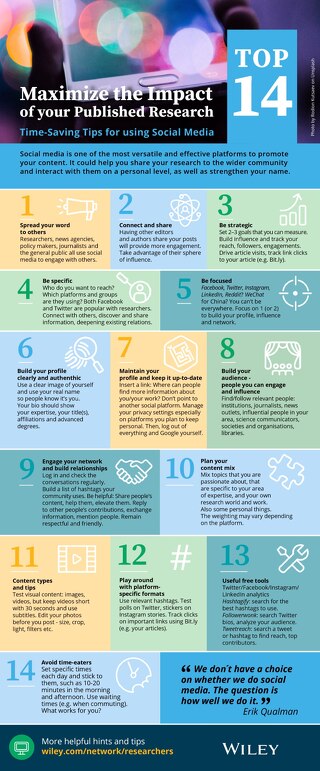6-tips-for-giving-a-fabulous-academic-presentation
January 11, 2022
One of the easiest ways to stand out at an academic conference is to give a fantastic presentation.
In this post, I will discuss a few simple techniques that can make your presentation stand out. Although, it does take time to make a good presentation, it is well worth the investment.
Tip #1: Use PowerPoint Judiciously
Images are powerful. Research shows that images help with memory and learning. Use this to your advantage by finding and using images that help you make your point. One trick I have learned is that you can use images that have blank space in them and you can put words in those images.Here is one such example from a presentation I gave about immigration law enforcement.
PowerPoint is a great tool, so long as you use it effectively. Generally, this means using lots of visuals and relatively few words. Never use less than 24-point font. And, please, never put your presentation on the slides and read from the slides.
Tip #2: There is a formula to academic presentations. Use it.
Once you have become an expert at giving fabulous presentations, you can deviate from the formula. However, if you are new to presenting, you might want to follow it. This will vary slightly by field, however, I will give an example from my field – sociology – to give you an idea as to what the format should look like:
- Introduction/Overview/Hook
- Theoretical Framework/Research Question
- Methodology/Case Selection
- Background/Literature Review
- Discussion of Data/Results
- Analysis
- Conclusion
Tip #3: The audience wants to hear about your research. Tell them.
One of the most common mistakes I see in people giving presentations is that they present only information I already know. This usually happens when they spend nearly all of the presentation going over the existing literature and giving background information on their particular case. You need only to discuss the literature with which you are directly engaging and contributing. Your background information should only include what is absolutely necessary. If you are giving a 15-minute presentation, by the 6th minute, you need to be discussing your data or case study. At conferences, people are there to learn about your new and exciting research, not to hear a summary of old work.
Tip #4: Practice. Practice. Practice.
You should always practice your presentation in full before you deliver it. You might feel silly delivering your presentation to your cat or your toddler, but you need to do it and do it again. You need to practice to ensure that your presentation fits within the time parameters. Practicing also makes it flow better. You can’t practice too many times.
Tip #5: Keep To Your Time Limit
If you have ten minutes to present, prepare ten minutes of material. No more. Even if you only have seven minutes, you need to finish within the allotted time. If you write your presentation out, a general rule of thumb is two minutes per typed, double-spaced page. For a fifteen-minute talk, you should have no more than 7 double-spaced pages of material.
Tip #6: Don’t Read Your Presentation
Yes, I know that in some fields reading is the norm. But, can you honestly say that you find yourself engaged when listening to someone read their conference presentation? If you absolutely must read, I suggest you read in such a way that no one in the audience can tell you are reading. I have seen people do this successfully, and you can do it too if you write in a conversational tone, practice several times, and read your paper with emotion, conviction, and variation in tone.
What tips do you have for presenters? What is one of the best presentations you have seen? What made it so fantastic? Let us know in the comments below.
Want to learn more about the publishing process? The Wiley Researcher Academy is an online author training program designed to help researchers develop the skills and knowledge needed to be able to publish successfully. Find out more at www.wileyresearcheracademy.com
Image credit: Tanya Golash-Boza
Read the Mandarin version here.














